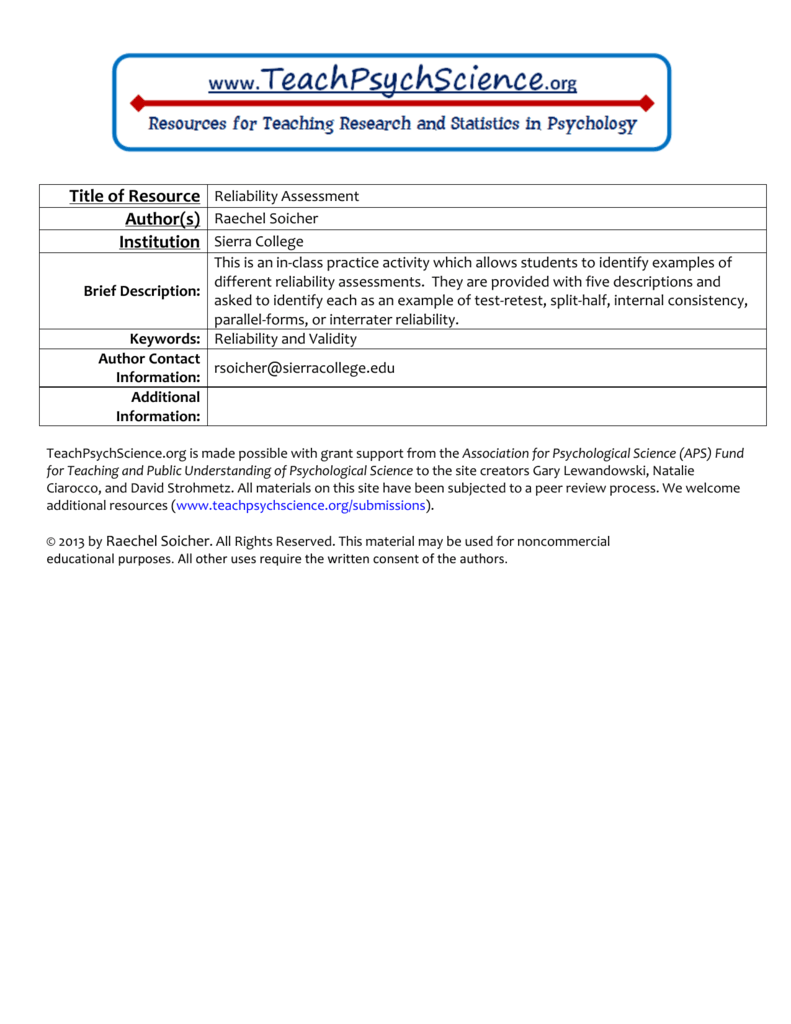
As such, experiments designed to reveal aspects of the causal role of the construct also contribute to construct validity evidence.Ĭontent validity evidence involves the degree to which the content of the test matches a content domain associated with the construct. As currently understood, construct validity is not distinct from the support for the substantive theory of the construct that the test is designed to measure. They also include relationships between the test and measures of other constructs. Such lines of evidence include statistical analyses of the internal structure of the test including the relationships between responses to different test items.

These include construct related evidence, content related evidence, and criterion related evidence which breaks down into two subtypes (concurrent and predictive) according to the timing of the data collection.Ĭonstruct validity evidence involves the empirical and theoretical support for the interpretation of the construct. The current Standards for Educational and Psychological Testing follow Samuel Messick in discussing various types of validity evidence for a single summative validity judgment. structured interview, personality survey, etc). Test validity can be assessed in a number of ways and thorough test validation typically involves more than one line of evidence in support of the validity of an assessment method (e.g.

Within classical test theory, predictive or concurrent validity (correlation between the predictor and the predicted) cannot exceed the square root of the correlation between two versions of the same measure - that is, reliability limits validity. However, the concept of validity has expanded substantially beyond this early definition and the classical relationship between reliability and validity need not hold for alternative conceptions of reliability and validity. Under these definitions, a test cannot have high validity unless it also has high reliability. Thus, the less random error in the variables, the higher the possible correlation between them. Intuitively, this reflects the fact that reliability involves freedom from random error and random errors do not correlate with one another. Under this definition, one can show that reliability of the test and the criterion places an upper limit on the possible correlation between them (the so-called validity coefficient). Test validity Reliability and validity Īn early definition of test validity identified it with the degree of correlation between the test and a criterion. In contrast to test validity, assessment of the validity of a research design generally does not involve data collection or statistical analysis but rather evaluation of the design in relation to the desired conclusion on the basis of prevailing standards and theory of research design. In the Campbellian tradition, this refers to the degree of support for the conclusion that the causal variable caused the effect. Here the term refers to the degree to which a study supports the intended conclusion drawn from the results. The first involves test validity, a concept that has evolved with the field of psychometrics: "Validity refers to the degree to which evidence and theory support the interpretations of test scores entailed by proposed uses of tests". In psychology, validity has two distinct fields of application.


 0 kommentar(er)
0 kommentar(er)
